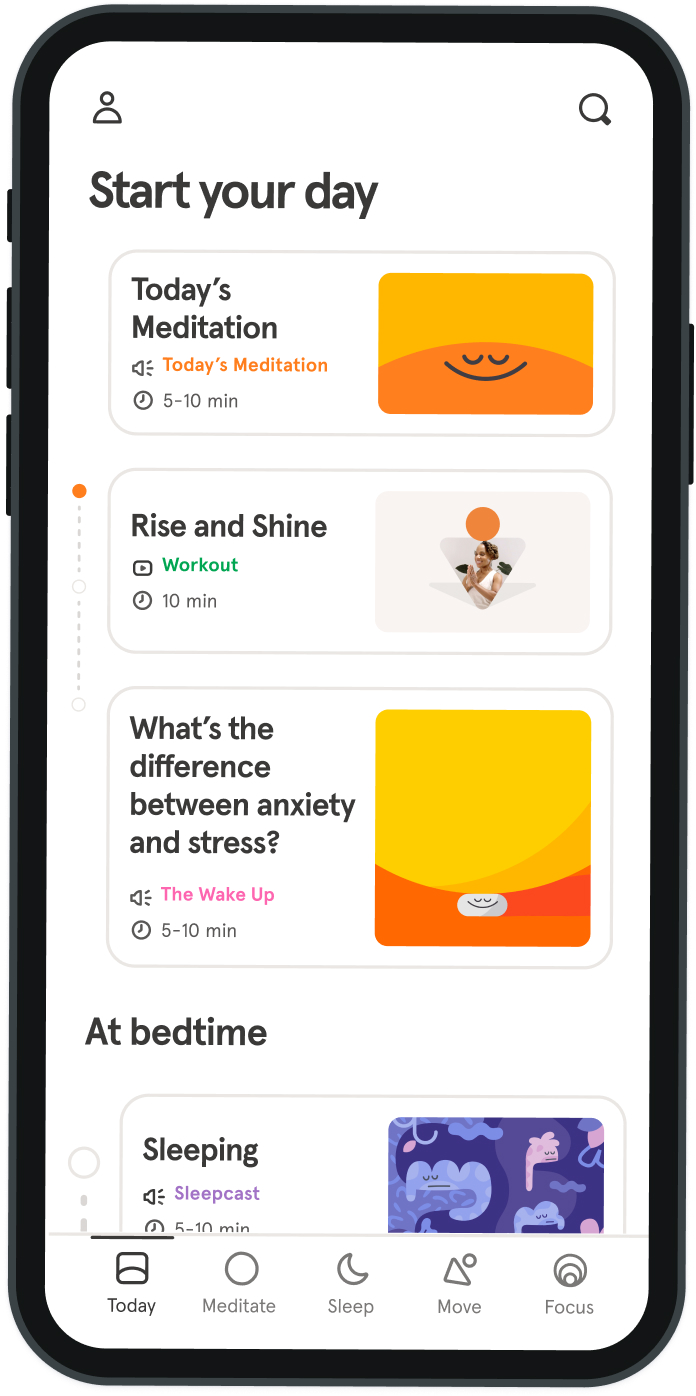Can this practice make you a better climber?
Mindfulness isn't easy to maintain 75 feet off the ground when you're not sure if you can stick the next move.
For rock climbers, the ability to remain present and in control despite bubbling fear and panic makes all the difference between success and failure. Climbing, like other extreme sports, requires athletes to put up as much a mental fight as a physical one. Luckily, research has begun to show that strong mental skills boost physical performance in high-risk sports like rock climbing. According to the Journal of Human Performance in Extreme Environments, elite rock climbers display a high rate of robust mental skill that allows them to perform at their peak and stay present in the moment, even under high-stress conditions. Stress and fear are naturally built in but, set loose, they prevent climbers of all levels from pushing their limits. "You can't force yourself to turn your brain off," says Angie Payne, a three-time winner of the American Bouldering Series National Championship. "It takes preparation and work outside of the moment to be ready for it." So what are some mindfulness practices amateur climbers can develop to boost their abilities on the wall?
Accept fear as natural
Climbers regularly expose themselves to frightening heights and movements on tenuous handholds. These conditions can create a sense of fear and panic, especially in risky situations that could lead to a fall. A common refrain for new rock climbers is that they want to suppress their fear. But in fact, it’s these emotions that will keep you safe. "No matter what, when you're that high in the air, your body is going to send those signals," says Sara Buxton, Director of the Chicago Center for Behavioral Medicine. Fear and stress also act as signals of risk. The key is to learn when you're encountering real risk (like loose rock) so that you can move through fears of perceived risk (like scary moves). This understanding comes with repeatedly exposing yourself, like free soloist Alex Honnold does.
Let go of what you can't control
Buxton starts off with her athletes by helping them step back and understand what sets off fears. "What are all the things you're paying attention to that aren't in your control?" Buxton asks them. Your height off the ground, the tenuousness of a foothold, the location of your last clip into the wall—you can't control these elements, you can only react to them. But if you take time outside of your climbs to think about what specifically sets off your fear on the wall, it becomes easier to recognize those triggers in the moment. For example, once you know that a specific move is just outside your comfort level, it becomes a much simpler task to understand whether you should take your fear seriously.
Breathe back into your body
Climbers know that learning to fully rest on good holds—especially before tough sequences—is an important part of the game. Rests also offer a moment to breathe, something many climbers neglect to do, especially during difficult sequences. But while deep breathing relaxes the body and replenishes oxygen in hard-working muscles, it also offers the chance to take stock of your mental state and re-engage with your five senses. Lingering stress from previous sequences and worries about the next section will distract you from the only real problem that matters: the next move. Next time you climb, remember natural and consistent breathing will help you re-engage with the movement.
Let go of the outcome
At the end of the day, your success tackling a particular climb isn't important in the grand scheme of things. To stay present, undistracted by anxiety, it often helps to let go of the pressure to reach the top at all. Payne finds herself most successful during high-pressure competition climbing when she stops dwelling on it, even after she makes mistakes. "You're going to make mistakes on every problem. If you think about the last mistake, you'll be at a disadvantage for the next," says Payne. That ability to let go allows her mind to wander away from the pressure she tends to put on her performance—and has led her to three National Championships. Like Payne says, in climbing "everything has to be water under the bridge."



Be kind to your mind
- Access the full library of 500+ meditations on everything from stress, to resilience, to compassion
- Put your mind to bed with sleep sounds, music, and wind-down exercises
- Make mindfulness a part of your daily routine with tension-releasing workouts, relaxing yoga, Focus music playlists, and more
Meditation and mindfulness for any mind, any mood, any goal

Stay in the loop
Be the first to get updates on our latest content, special offers, and new features.
By signing up, you’re agreeing to receive marketing emails from Headspace. You can unsubscribe at any time. For more details, check out our Privacy Policy.
- © 2025 Headspace Inc.
- Terms & conditions
- Privacy policy
- Consumer Health Data
- Your privacy choices
- CA Privacy Notice
